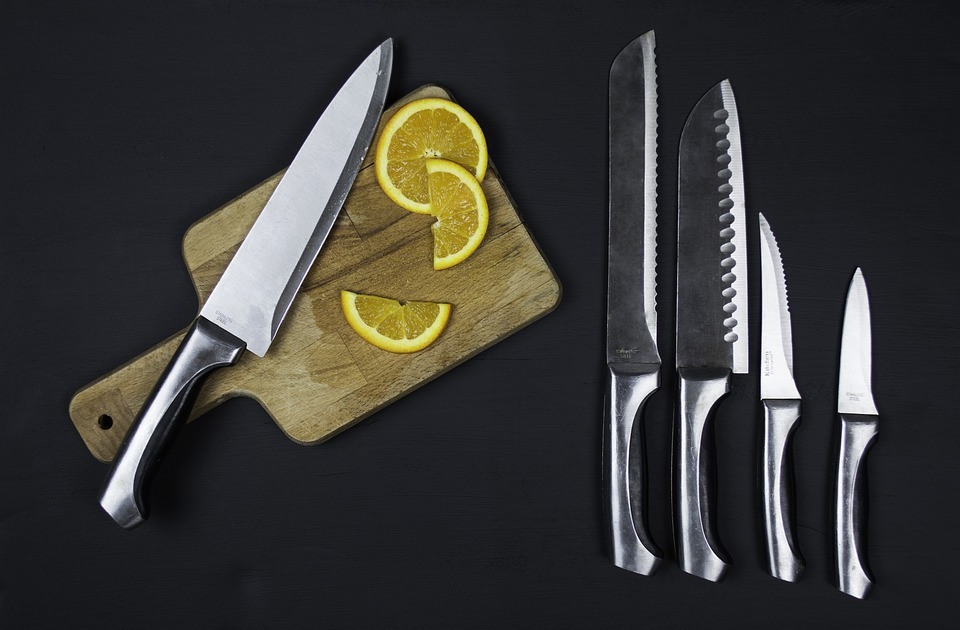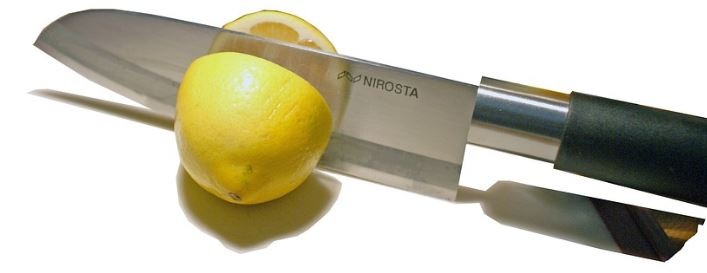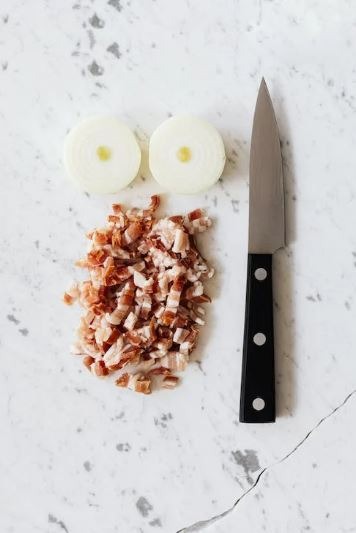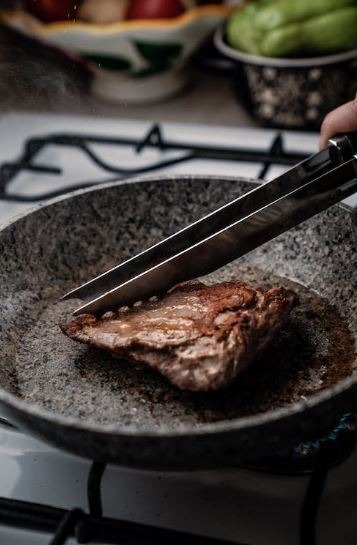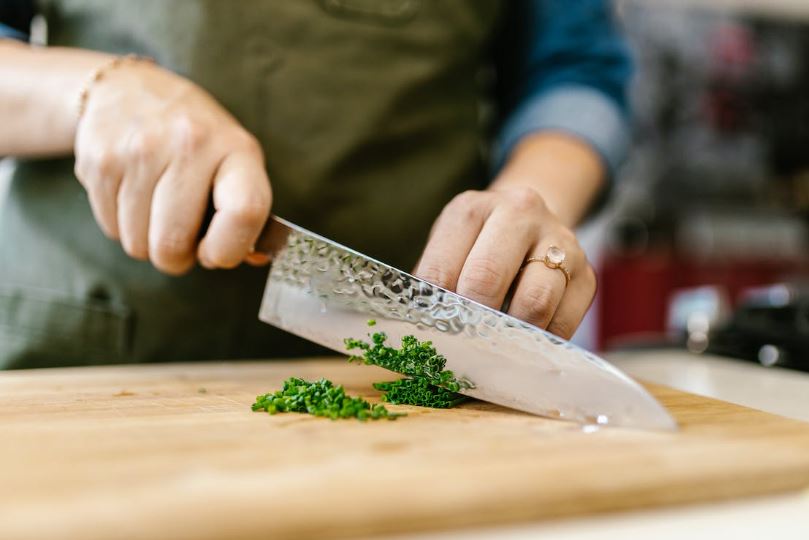As any avid cook will tell you, the tools of your trade are an essential part of creating a meal. And while there’s a vast number of different kitchen tools that you can choose from, some of the most important items in any cook’s drawers are knives. A good quality set of knives can turn out to be one of your best investments, making the preparation of food easier, faster and more efficient. So what kind of knives should you have in your kitchen?
Chef’s Knife
The chef’s knife is perhaps the most widely known type and is considered to be the “go-to” workhorse for many people including chefs. The blade features a long, curved shape and rounded tip — making it ideal for chopping up vegetables and fruits quickly and easily. These types of knives come in various sizes ranging from 6 inches to 12 inches so you can pick according to your needs. A chef’s knife is normally used for general tasks such as cutting, slicing, and dicing. It can also be used for specific food preparation tasks such as cutting meat or vegetables.
Advantages of Using a Chef’s Knife
- Versatility – Even though some recipes require specialized knives for certain tasks like carving meat or slicing bread, most home cooks can usually get away with just one type of knife: a chef’s knife! Chef’s knives offer versatility since they can accommodate many types of tasks such as slicing and julienning vegetables as well as mincing herbs and crushing garlic cloves.
- Saves money and space in kitchen drawers – Depending on which model you purchase, investing in just one quality chef’s knife can save money since they tend to be cheaper than buying several specialized kitchen knives! Plus, they also take up less space in drawers since there is only one large blade versus several smaller blades taking up space!
Paring Knife
A paring knife is also an essential item when it comes to prepping food — it has a smaller blade which is perfect for intricate tasks like peeling apples or slicing cheese. Paring knives usually have 3-4 inch blades with either a straight or curved edge. They are usually much more delicate than other kitchen knives and require more precision when being used. For starters, you will most likely need both a medium and small sized paring knife — depending on the tasks at hand.
Advantages of Using a Paring Knife
- Smaller size – Makes them very easy to store compared to other large knives in your kitchen setup.
- Perfect for tedious tasks – Peeling fruit and chopping smaller items like garlic cloves
- Intricate Cuts – Due its small size, more control can be achieved when holding it making cuts easier than using bigger knives
- Fully metal construction – Offers great flexibility in usage with many different types of requests being able to be completed by only using one tool
Slicing or Carving Knife
A slicing or carving knife is ideal for cutting roasts, chicken or ham into thin slices — much more effectively than using a chef’s knife as its blades are thinner and longer than those found on classic chef’s knives. A slicing or carving knife is another must-have tool in every kitchen. You will find yourself reaching out for this type often when dealing with crusty bread or tomatoes – as these items require specific sawing action that such blades provide efficiently and effortlessly. Not only that, but such knives also make it easy to dice delicate fruits like citrus fruit to succulent pineapple without risking turning them into mushy messes in seconds.
Advantages Of Using A Slicing Knife
- Provides precision for thin cuts – With its long slender design, slicing knives exceed traditional knives in terms of accuracy when making thin slices because they require less effort in achieving evenness due to their length and width.
- Faster than regular knives – Unlike most kitchen knives which require repetitive sawing motions, slicing knives deliever efficiency by eliminating havingto go over each slice multiple times while producing superior results.
- Easy maintenance – Since they are manufactured with durable materials like stainless steell they take little effort when cleaning.
- Versatile – These knives have specialized uses when it comes to making both thicker cuts as well as very thin ones so they can be used for a variety of purposes.
Santoku Knife
Finally, no kitchen collection will be complete unless it boasts one or two Santoku Knives – these useful versatile tools are great multi-taskers; perfect for performing everyday chopping, dicing, slicing & mincing chores without breaking too much sweat! Plus they usually carry lightweight frames ensuring comfortable use even during lengthy preparation sessions all while remaining remarkably sharp over time!
Advantages of using a Santoku knife
- Thin blades – Can make clean cuts even in dense foods like carrots and squash; deliver precise control when working with ingredient textures such as potatoes, cucumbers and pickles.
- Non-serrated edges provide added flexibility — Versatile enough to handle precision tasks such as dicing shallots/onions/zucchinis/etc.; tackle tougher cuts like brisket/roasts/etc. with ease.
- Multiple grips – When held at various angles depending on preference or application.
- Variety of sizes available — Select what size works best based on task.
In conclusion, every well-equipped kitchen should include at least four types of knives: Chef’s Knife; Paring Knives (medium-size & small); Slicing/Carving Knife; Serrated Edge Chef’s Knife; & Santoku Knife being among the most essential ones at that! With those five in place — anyone can approach the preparation process confidently equipped for maximized efficiency & satisfactory results!

